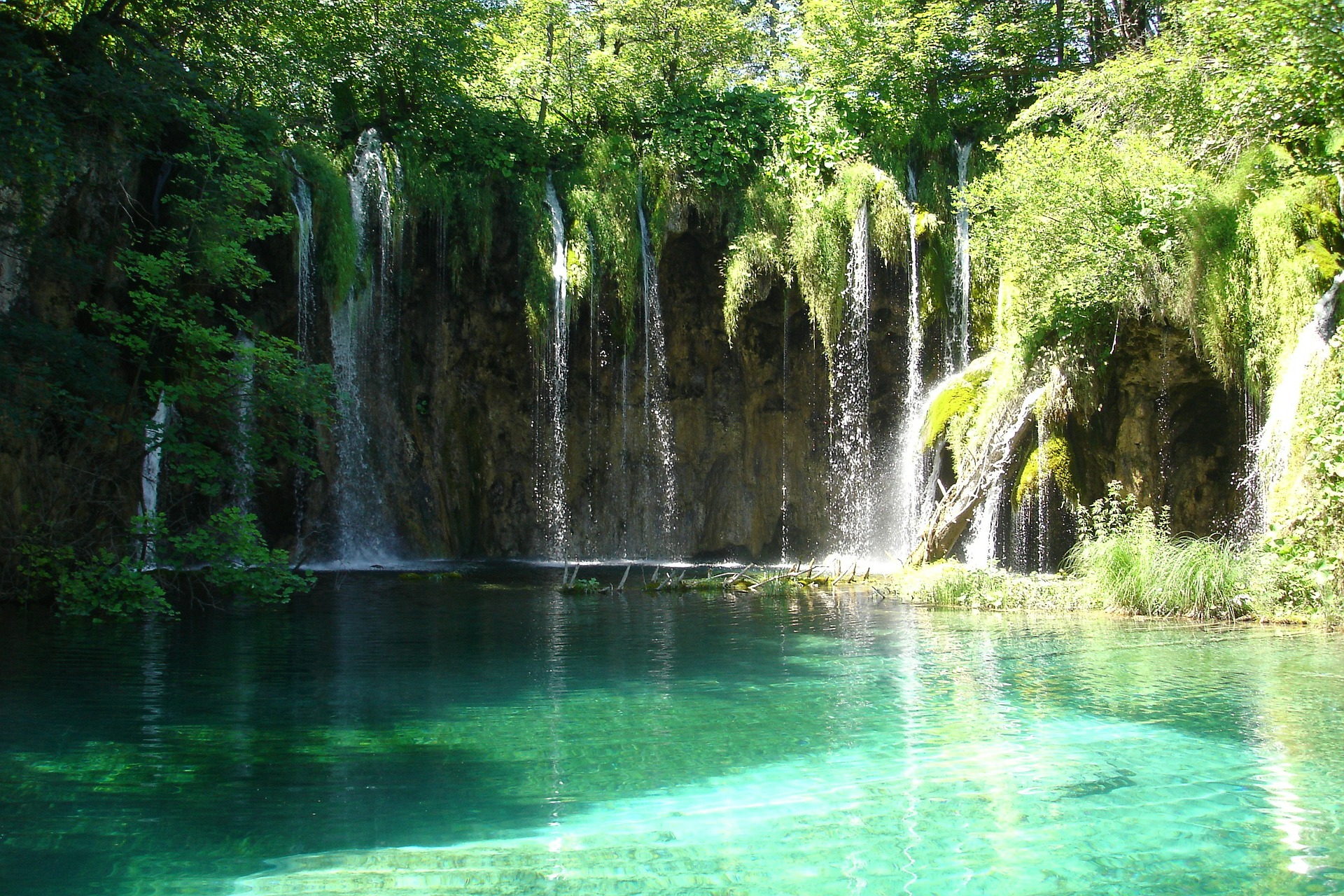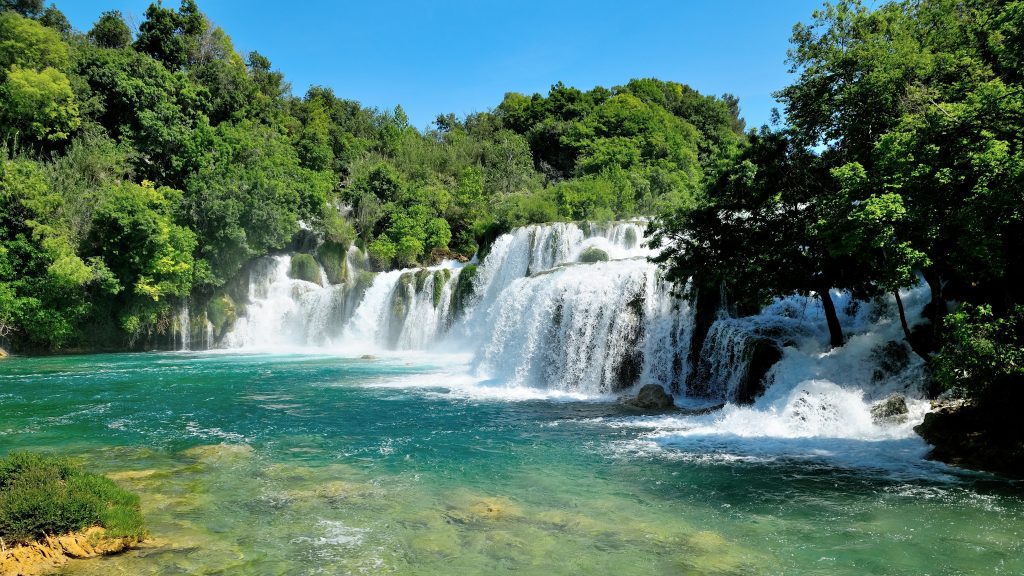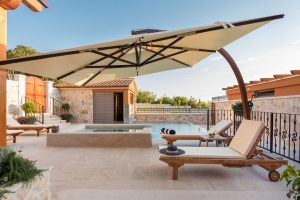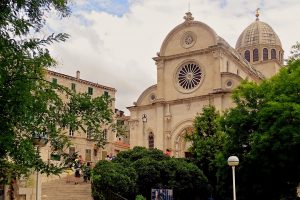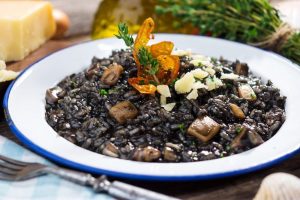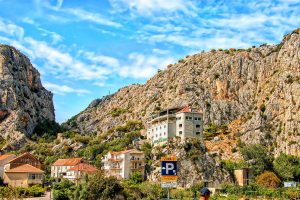The Adriatic coast is rich in national parks and that is why it is one of the most beautiful in the world. See what the national parks of Croatia offer you.
Croatia has 8 national parks: Plitvice Lakes, Kornati Islands, Mljet Island, Krka Waterfalls, Brijuni Islands, Risnjak, Paklenica and North Velebit Mountains!
In the following we will introduce you to three of them.
Plitvice Lakes
Plitvice Lakes (Plitvička jezera) is the most famous national park in Croatia and one of the most beautiful sights in Europe. The abundance and splendor of water, rushing waterfalls, awe-inspiring natural power; probably this is what you will feel first when you encounter Plitvice Lakes for the first time. They are located at the source of the Karst river Korana from 480 to 636m above sea level, between the Mala Kapela massif and the Pleševica mountains in Lika.
Plitvice lakes form a group of 16 terraced lakes, one above the other, connected by waterfalls. A kilometer-long network of wooden bridges and forest paths allows visitors to experience the natural beauty up close. The dynamic creative process of nature that creates the waterfalls, the plants and forests of the National Park, and the wildlife in and around the lakes are the reason for the enthusiasm of thousands of visitors every year. A great heterogeneity and diversity of natural forms have resulted in the Plitvice Lakes National Park being included in the UNESCO World Natural Heritage List.
There are two entrances to the National Park where guests (visitors) can get all the necessary information.
Mljet National Park
The Mljet National Park, established in 1960, covers the northern part of the island of Mljet. The main motives for the proclamation of the island as a national park are the particularly specific coastal indentedness as well as the lush flora, respectively the richness of the forest. From the southern side of the island, the sea enters the island with a barely noticeable narrowness, forming the lake “Veliko jezero” (Big Lake), and on top of it, through an even narrower narrowness, the Small Lake (Malo jezero). From the landscape point of view, although they are salty, they are considered like lakes. They are rich in various shellfish (mussels, pinnipeds, oysters), and the plankton of these lakes has been the subject of several scientific studies.
The vegetation of the island, especially of the National Park, is very lush and has given Mljet the attribute of the “Green Island”. The forest around the lake is dominated by Aleppo pines, which is considered the most beautiful and best preserved forest of its kind on the Mediterranean.
Krka National Park
The river Krka is a karst phenomenon, which on its way to the sea, forms numerous lakes, waterfalls and rapids. The Krka rises at the foot of the mountain Dinara, near the town of Knin. Because of its natural and geological characteristics, a larger part around the area of the river Krka was declared a national park in 1985. It covers an area of 109km2 along the course of the Krka River; two kilometers downstream from Knin to Skradin.
The most impressive and most visited waterfalls are Skradinski buk and Roški slap. Roški slap is easily accessible and can be visited throughout the year. Over a length of 650m, the waterfall plunges 27m over 12 steps. On the left bank of the Krka River, along the steps, there are numerous mills (small mills used for grinding wheat and corn), some of which are still in operation.
In the river Krka you can swim only in permitted zones. You can explore the park by boat from Skradin or on foot. The entrance to the Krka National Park is near the town of Skradin (Šibenik: 23km).


